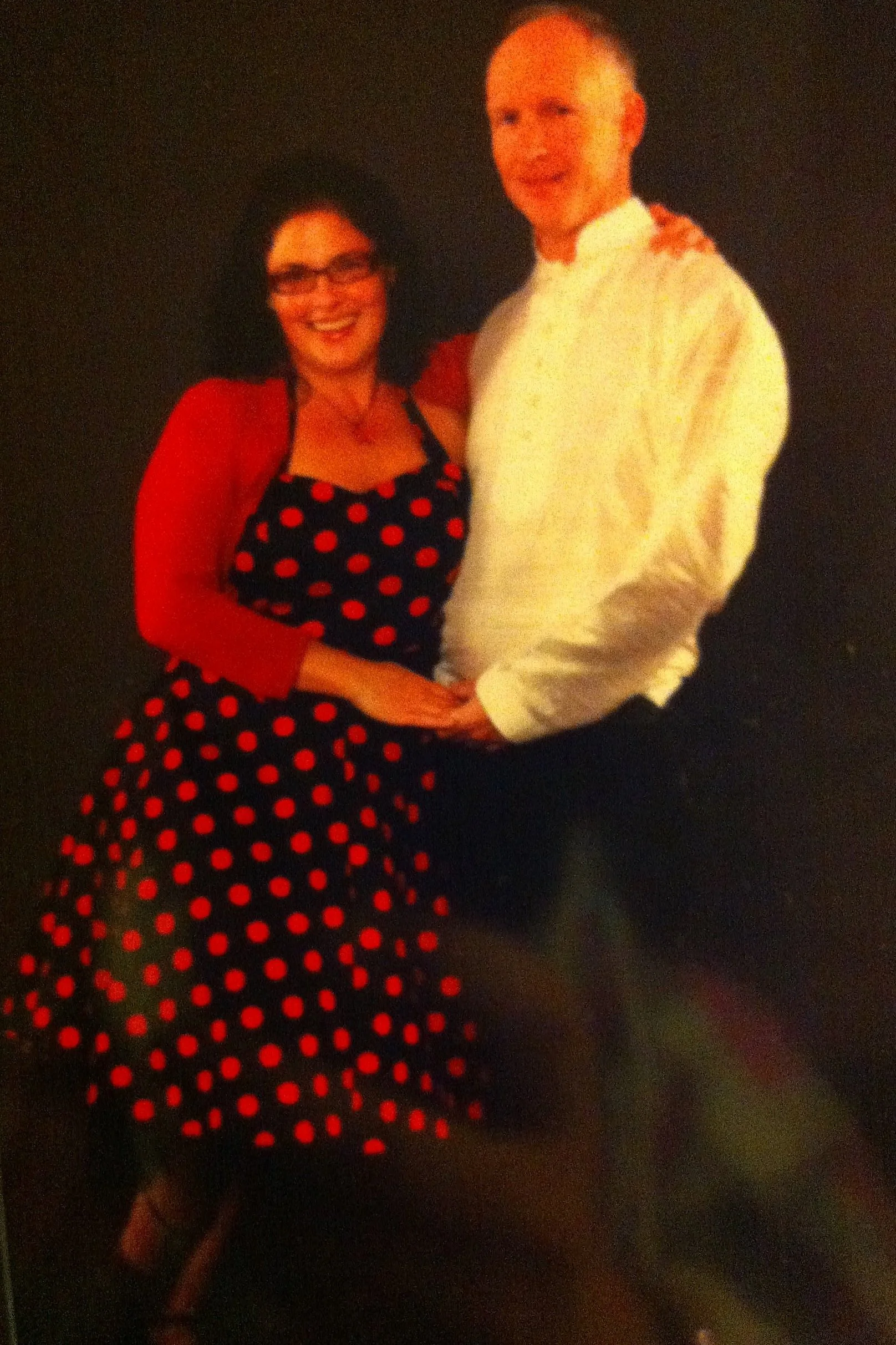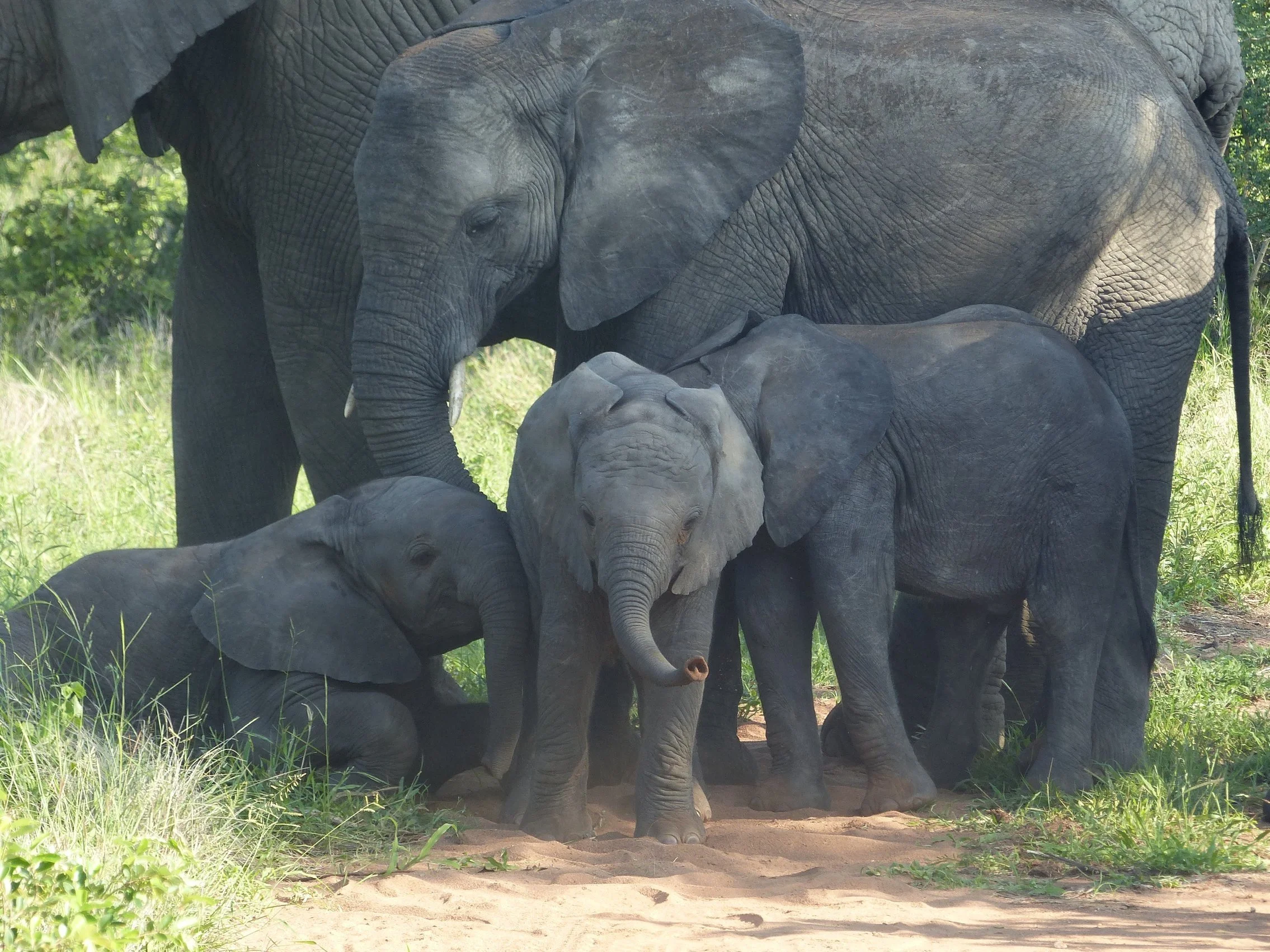Potholes and Passages
Here in Zambia, one of my greatest pleasures is driving. I’ve always enjoyed being behind the wheel. If someone suggests a road trip, I’m in. A sickly and twitchy passenger, I’m happy to do more than my fair share of the driving with my Husband. In fact, we spent our first few hours together on a six hour-road trip. I’d won my husband-to-be in a raffle and he was making good on the prize.
We’d been dancing together as acquaintances for a few years, members of a modern jive dance club where partner swapping was encouraged all evening. One New Year’s Eve, I won first prize in the raffle, which was a dance weekender in February. The club rented out holiday camps in the off-season, which it filled with enthusiastic dancers willing to put up with freezing temperatures in paper-thin chalets. In those days the events were strictly gender balanced; the organisers didn’t want gaggles of disgruntled women sitting on the sidelines, souring the atmosphere. I had just a few weeks to find a male partner.
Bearing in mind that dance is a vertical expression of a horizontal desire, I scrutinized the room at the next class. There was this guy... he was lovely to dance with... and he was a gentleman on the dance floor. He always ensured that I didn’t spin into other dancers, seeking out the spaces between twirling couples, and he often invited me to dance. Why not, I thought? Not knowing his name didn’t seem like an impediment to spending the weekend together.
A few weeks later I found myself in his car for the long drive to the venue. He talked nervously for six hours. Some of it was quite interesting. I feigned sleep – he kept talking. I actually fell asleep, and he was mid-sentence when I woke up. I put on the radio - he just talked louder. A natural-born snorer, I treated myself to a head-back, mouth-open, eye-fluttering REM snooze. When I came to, he was still going. I wiped the drool from my chin and requested a toilet break: a few minutes alone in a service station cubicle would be heaven.
Of course, I had an exit strategy in place with my best friend, just in case. But once the anxiety-induced verbal diarrhoea subsided, we got on famously.
Ready to dance. Apologies for blurry image - a photo from a photo.
My vehicle for the first year in Zambia was a Toyota Hi-Lux 4x4, courtesy of my employer. The step up into the driver’s seat, the giant steering wheel, the back seats and the extra ‘back-back’ seats gave me joy every time I climbed in. I quickly realised that driving here would be an adventure in itself.
An afternoon’s drive in the South Luangwa National Park
There is just a single tarmac road through Mfuwe that ends at the gate to the South Luangwa National Park. Branching left and right from the tarmac are numerous tracks of varying quality, leading to villages and communities far out in the bush. In England I would call them footpaths, but apparently they are roads.
The tarmac is a half-hearted servant, sometimes there, sometimes not. It takes unannounced breaks, dropping six inches into dirt before reappearing with an even steeper cliff edge, testing your reflexes. At any moment, you might encounter potholes so vast the state of Arizona would slap a sign on them and start charging entry: The Lesser Grand Canyon, The Grand Canyon’s Little Brother, The Canyon That Ate a Toyota. Just as you think you’re on a stretch of road smooth enough to reach the exhilarating speed of 40KMPH you crash into another hole. It’s exciting. With one eye constantly on the potholes, the other must be fixed on other road users. These come in the categories of: Pedestrians, Animals and Other Vehicles.
Size really doesn’t matter when it comes to transporting things on 2 wheels…
The locals have been here far longer than cars and they traverse the road, three or four people abreast, without a care in the world as if cars have yet to be invented. Squabbles of children, some as young as three or four years old, totter along the roadside, pristine in their school uniforms, scrapping and jostling for prime position, oblivious of the 10-tonne truck hurtling towards the pothole beside them. The truck will swerve to avoid the crater and see the children as an afterthought.
Driving at night is particularly perilous. No streetlights, no houselights, just an inky void. People amble along, wrapped in darkness, invisible until they materialise five yards in front of your bumper. You swerve with a sickening lurch, only to find yourself locked in a staring contest with a bewildered goat. Occasionally, you’ll encounter an elephant emerging tusks-first from the bushes. This is Russian Roulette on wheels and the odds are stacked for the House.
During the daytime, goats, dogs, baboons and pigs tend to be the ones gambling with vehicles. The goats are particular fun. It’s not unusual to find half a dozen contemplating life on the hot tarmac. You relax a little as they set off to the safety of one side and adjust your trajectory accordingly. But one of them, because they are bloody-minded indecisive creatures, will pause and look at you approaching. It will then take a few steps in the other direction – the direction in which you are now heading. Applying the brakes, you have seconds to decide where to point your 2-tonne vehicle. Just as you decide to take a pothole to save the darn thing, it strolls back the other way to join the herd.
Cattle are as indecisive as the goats
Baboons like to wait until the very last moment before moving. The adults meet your eye with a steady primate gaze through the windscreen (if you have one – it’s quite possible here that you will not). Whenever I catch a baboon’s eye, I always feel as if it’s seeing something in me that I’m not aware of. A bit like having gravy on your chin at a party. It’s disconcerting.
‘Yes, And?’ I want to say, ‘If you have something to say, then say it.!’
Just when I think I’ll have to do an emergency stop, they saunter off.
Fortunately there’s no such thing as traffic here. On the 2-hour drive to Chipata, the nearest town, where you can satisfy your junk food craving with a Hungry Lion, you may only meet a dozen others with four wheels. The most terrifying of these are the trucks careering towards you, suspension and brakes most likely buggered, over-laden with mealie meal and travelling at panic-inducing speed. The best you can do is get out of their way.
Also travelling at break-neck speed between Mfuwe and Chipata are the taxis. The drivers of these fuel-efficient little Toyotas cram in ten adults, plus baggage dangling from the open boot. I once followed a fully laden example with a golf buggy dangling from the back.
Crashes are frequent and deadly. With no 999 service to call, you rely on the kindness of strangers if you find yourself in a ditch or pinned under the chassis of a twenty-tonner. The most vulnerable, aside from pedestrians, are those on two wheels. They cheerfully perform the most incredible balancing acts, loading their bicycles and motorcycles with circus-like derring-do. Baths get strapped at right - angles to the back of a bicycle, live pigs heading for slaughter are planked across a rear wheel, chickens dangle from handlebars and cabinet-sized vegetable baskets get pedalled through the village each morning. Driving through the village, it’s not unusual to encounter a motorcycle dragging 20 feet of steel cable lighting up the road with sparks, as it overtakes a wide-load bicycle passing a group of school children walking round a posse of goats. And then you realise there’s a truck speeding towards you.
Shoe trader in Mfuwe
Among the many road hazards, one of the most unexpected wasn’t a pothole or a rogue goat but branches strewn across the tarmac. At first I assumed they’d fallen there and scooted around, oblivious to the fact that I might be causing offence. I now know they are used to mark a temporary hazard, but they are also used to indicate a home where a funeral is taking place. Branches will be laid out for up to 100 metres or so, dividing the road. Any cyclist that fails to dismount and respectfully walk for the entire length of the roadblock will be chased and their bicycle confiscated, until they make suitable reparations to the bereaved family. Drivers of motorised vehicles are expected to drive with equal consideration.
Funerals are woven into daily life here. Even the most basic employment contracts include coffin and burial expenses as standard. Employers routinely grant funeral leave—not as a courtesy, but as a necessity. There are just too many; death is ever-present. The average life expectancy for a Zambian man twenty years ago was about 45 years old. It has improved but remains unhappily low at 61, and at 64 for a woman. In my experience of the U.K., several family deaths in one year would be considered exceptionally unlucky. Here, it would barely pass comment. Yes, Zambian families are larger and more connected than in many Western countries, but nevertheless, there is a lot of death to contend with. And that means many funerals to attend.
Do these numerous encounters with death make Zambians, or any citizen of a developing country, immune to grief? Does it mean that life is cheaper here than anywhere else?
I don’t believe for one minute that a Zambian parent losing a child feels less pain than I would, or that a beloved Uncle’s departure doesn’t leave a huge hole in the close-knit Zambian community. Western onlookers might be tempted to think that grief just doesn’t reach as deep here, but Zambians have no choice but to strive forward. Dwelling on loss and grief won’t help them put food on the table or pay for their child’s education. They don’t have the luxury of extended mourning.
Grief is not dulled by frequency. Loss is loss, whether it's a mother mourning her child in Mfuwe or an elephant returning to the bones of a fallen herd member. Here, life moves forward because it must—but the weight of absence lingers, just as it does for the elephants outside my window, which famously never forget.
Elephants have strong family bonds and mourn for their dead





